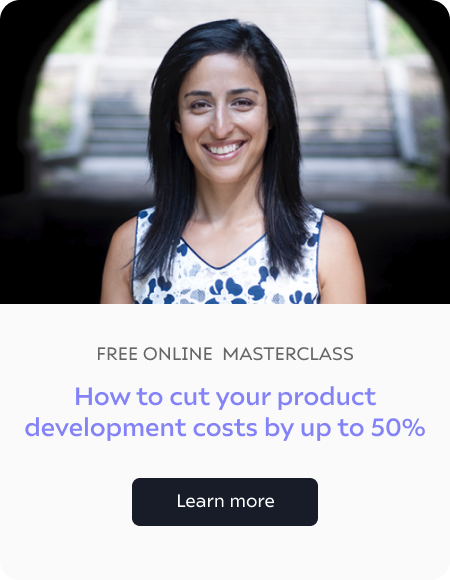Let me tell you about a founder I worked with recently - let’s call her Sarah.
Sarah had a BRILLIANT idea for a real estate app.
She poured her heart (and her savings) into it, hiring a well-recommended agency to build her MVP.
A year later, after spending $80,000, Sarah had nothing usable to show for it. She was devastated. 😭
Worse, she had to start all over, now with half her budget gone.
Here’s the hard truth: Sarah’s story isn’t unique.

I’ve worked with HUNDREDS of entrepreneurs over the years, and many share similar tales of wasted money, time, and emotional energy.
These tech mistakes don’t just cost dollars—they delay progress and crush momentum.
But here’s the part most people don’t realize...
👉🏻 Most founders dive into development without:
1. Validating their ideas properly.
Who is your best customer, and are you solving a problem people will actually pay for?
Are you solving a level 5, 6, 7 problem (vitamin) or a level 12 out of 10 problem (painkiller)?
Remember, if people just WANT what you’re building but don’t NEED it, you'll always have a *much* harder time getting customers to use and pay for your products and services.
2. Understanding what they truly need to build.
What’s the smallest, simplest version of your product that still delivers value?Your team needs to understand how to make decisions from Learn early, learn often, learn cheap perspective…and most tech people are very uncomfortable in doing this…they want to build the perfect solution that scales to millions of users, or use the shiny new technology that THEY want to learn and get experience in and not necessarily because that's what's best for your business at that moment in time.
You must plan the MVPs based on your time and cost constraints so you can launch quickly and inexpensively and don’t build more that you have to.
3. Knowing how to manage the development process.
This is a tough job....but especially tougher for non-technical founders because they don't know:- how to communicate requirements clearly and effectively
- how to control and negotiate what gets built (and how)
- what questions to ask—and when
- how to track progress and avoid scope creep
- how to release product improvements quickly, so you can learn faster
The result?

Startups throwing away thousands—sometimes millions—on products that miss the mark entirely or never see the light of day.
It’s painful to watch, especially because it’s PREVENTABLE.
Now let me introduce you to Gabe (also non-technical founder)...
- Gabe didn’t write a single line of code before starting his MVP.
- Instead, he validated his idea with real customers and built a clickable prototype first.
- Armed with proof that his solution worked, he pre-sold his app and got paid in advance to build it.
- That money funded his MVP, which launched in half the time (I would like to think thanks to his participation in TechSpeak) —and with zero wasted features.
What’s the difference between Sarah and Gabe?
It wasn’t their ideas or their drive. It was the process they followed.
- Sarah skipped steps and wasn't technically literate enough to know what was being done and how to track progress—and it cost her dearly.
- Gabe took a disciplined, step-by-step approach and saved himself time, money, and heartbreak.
If you’re building a product—or even just thinking about it—ask yourself:
- Are you confident you’re solving a painkiller problem, not just a nice-to-have?
- Have you planned the most cost-effective way to test your solution?
- Do you know what metrics will show you’re on the right track?
If the answer to any of these questions is “no,” you’re taking unnecessary risks.
And as Sarah’s story shows, the cost of getting it wrong can be devastating.
✍️ take a moment to reflect: Are you setting yourself up for success, or are you unknowingly walking Sarah’s path?
P.S. If Sarah’s story hit close to home, know this: it’s never too late to get back on track.
Did you know that 90% of startups fail — and for non-technical founders, the failure rate is even higher? Many spend tens (or even hundreds) of thousands of dollars trying to build tech products, only to get scammed by developers, experience endless delays, or end up with a product that doesn’t work.
I’ve spoken with thousands of entrepreneurs who have faced devastating losses:
- "I had two dev shops take my money without delivering."
- "I went through two CTOs before finding the right one."
- "I wasn't a great tech leader (or a leader at all) and had to get tech leadership coaching."
- understand the entire technical process
- help companies recognize red flags early
- minimize technology mistakes and
- cut their product development costs by as much as 50%.

TechSpeak was an incredible experience. I've done a 4 month accelerator course before, but 80% of the things I was taught, I was learning for the first time.

Sabrina Noorani
Founder of ClearForMe



